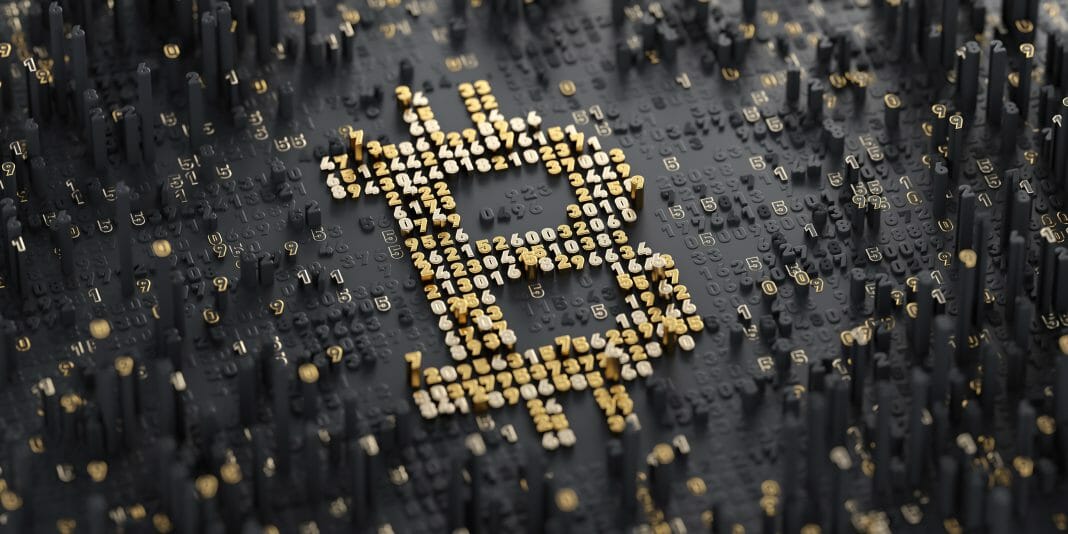It was possible to confirm the operation through a multi-signature Bitcoin contract. The time and cost of the operation were lower than that of traditional methods for derivatives.
It was possible to settle derivatives of Standard & Poor’s 500 on the Bitcoin network in just 45 minutes through an experiment. The test allowed verifying Bitcoin’s potential as a tool to secure transactions of this type and minimizing their costs through multi-signature contracts.
Japan-based company Skew indicated that one of Bitcoin’s benefits is that people “could use it in traditional markets by accelerating trade agreements.” This type of traditional derivatives contracts take two days on average to materialize, through a “cumbersome and expensive” process, they state.
According to Skew, they used a guaranteed exchange purchase option (also known as a quantity adjustment option or Quanto). This allows settling the S&P 500 derivative, denominated in USD dollars (USD), in Bitcoin (BTC), since this option allows fixing the exchange rate from the beginning.
For example, investors often use this tool to buy an option on a foreign asset while maintaining the payment in their local fiat currency. For that reason, it is also known as a “cross” option agreement.
The purchase option agreement grants the buyer the right, but not the obligation, to make the purchase of an asset on a given date at a specified price.
Japanese company Crypto Garage collaborated in the design of this test to settle an S&P 500 derivative on the Bitcoin blockchain. In April 2019, they applied tests to settle financial derivatives through multi-signature Bitcoin contracts.
According to Skew, the deal cost “a few US dollars”. They suggest that, even if the value of the transaction had been in the billions, the cost would have remained the same.
Step by Step of S&P 500 Derivative Contract on Bitcoin
Last month, Skew bought an S&P 500 option on Crypto Garage, for which they paid a premium of 0.0202 BTC that involved a call spread strategy. This consisted of trading another option, which they acquired with US dollars and with the same expiration date, in the opposite position. However, it had a different price to limit the losses (and the gains) that derived from the first option.
Regarding the premium that Skew paid, they add the guarantee of 0.04667 BTC that Crypto Garage published. Skew states that it remained “locked in a multi-signature smart contract until its expiration date.”
At the time of the option purchase, the S&P 500 was trading at USD 2,978.5 and Bitcoin at USD 10,747. They settled the contract three weeks later, following a bullish price change.
When the contract expired, the S&P 500 was at USD 3,014. In this way, the settlement was 0.036 BTC for Skew and 0.01 BTC for Crypto Garage.
To verify and authenticate the prices of S&P 500 derivatives in real-time, they used an oracle that ICE Data Services (the same ones that manage the NYSE market) provided. The participants made the payment through their digital signatures to validate the Bitcoin smart contract.
S&P 500 and Bitcoin on the Market
Last July, Coin Metrics warned of a correlation between the S&P 500 market and the Bitcoin market that had emerged in March. They attributed the cause to the crisis that the coronavirus pandemic and investors’ nervousness have caused.
This correlation has remained even though the Federal Reserve has announced the issuance of more cash, and the Trump administration has attempted on different occasions to inject economic aid in the form of bonds.
The reaction of Bitcoin to different political or social events has allowed identifying different correlations with traditional financial instruments. For example, people have traditionally used gold as a store of value, which allows comparing it to the main cryptocurrency for this property.
By Alexander Salazar











